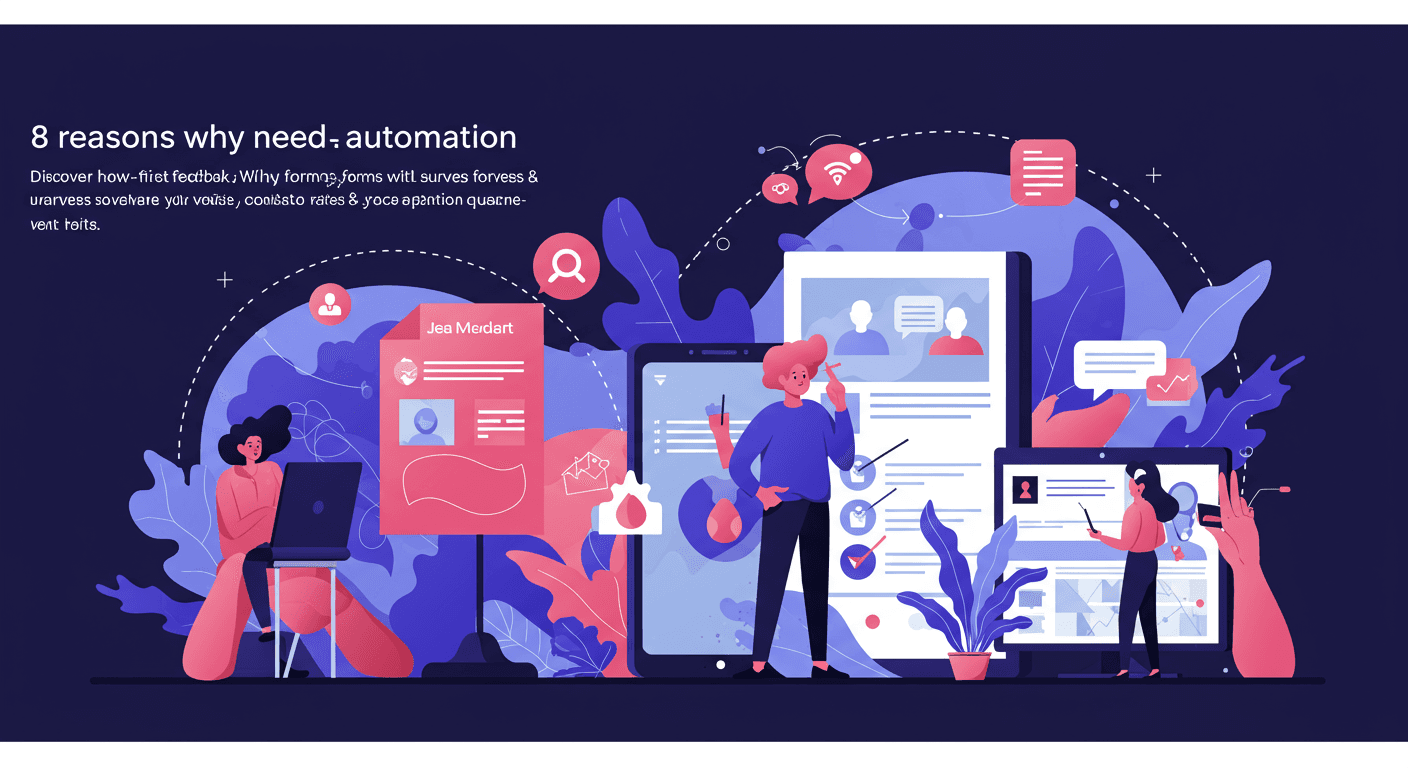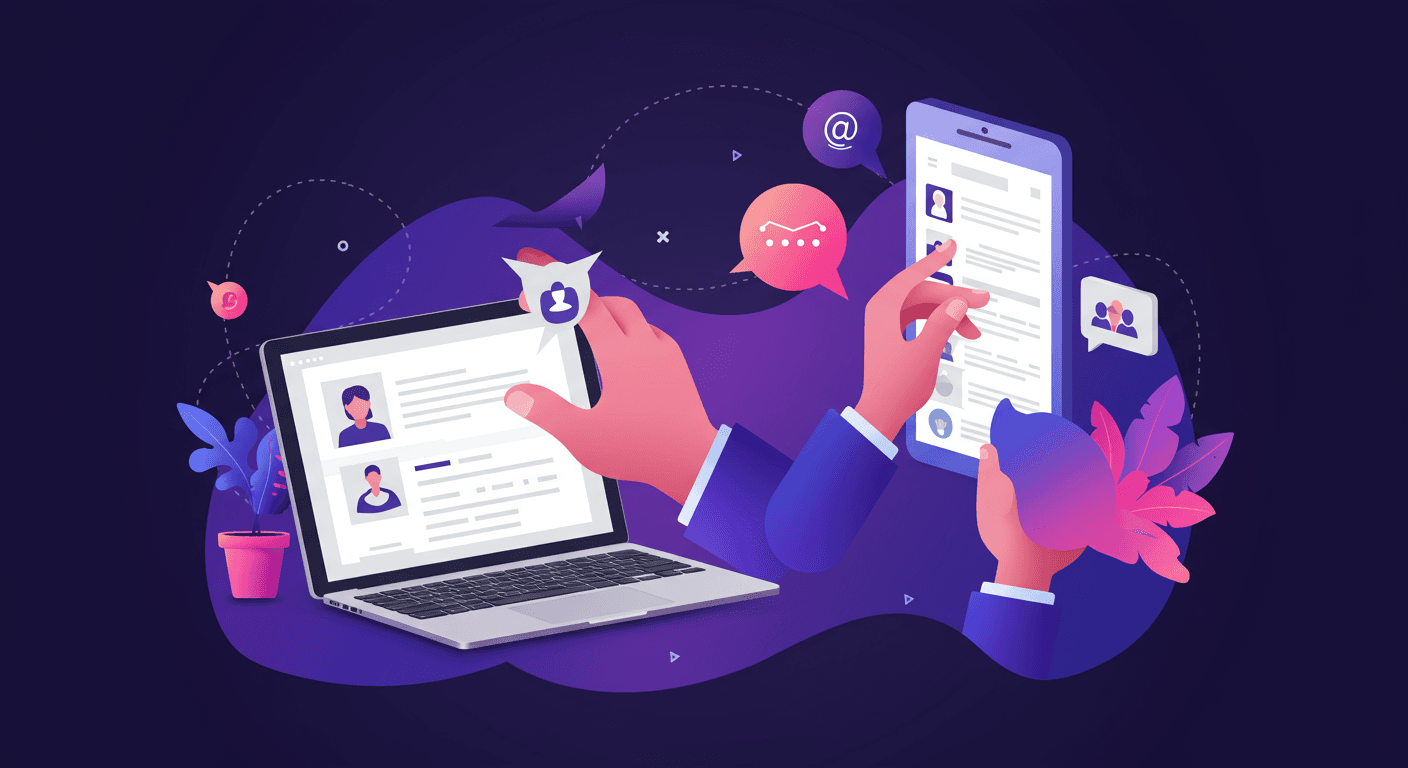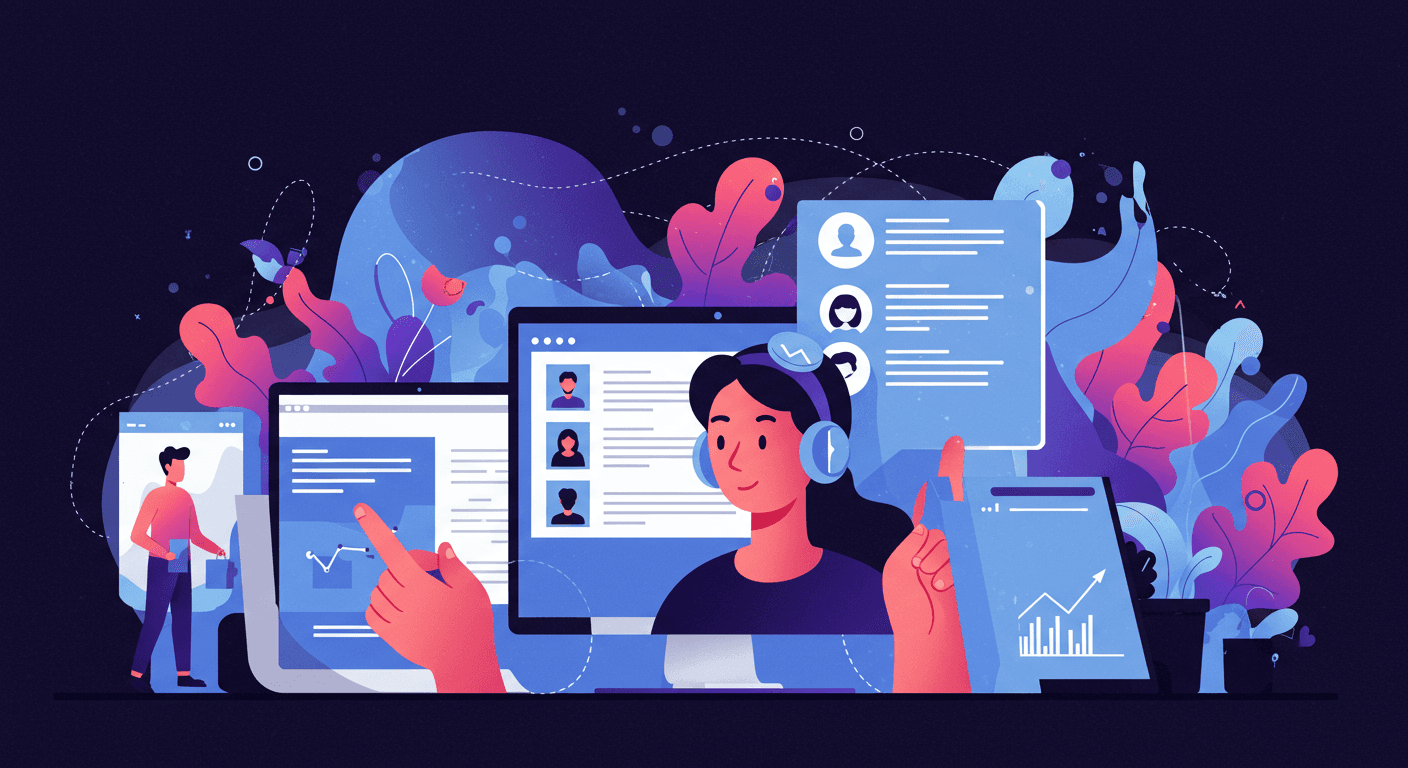Do you dream of a marketing strategy so finely tuned, it feels like a one-on-one conversation with each of your customers? That's the promise of personalized marketing. In today's crowded digital landscape, generic blasts simply don't cut it. Customers crave experiences tailored to their individual needs and preferences.
With the rise of sophisticated marketing tools, businesses are ditching the one-size-fits-all approach and embracing the power of personalization. Let's dive deep into the world of personalized marketing and discover how you can leverage it to elevate your brand with betterfeedback.ai.
In this comprehensive guide, we'll cover:
- Defining Personalized Marketing: Unpacking what it truly means to connect with your audience on an individual level.
- Strategic Timing: Identifying the opportune moments to deploy personalized campaigns for maximum impact.
- Adaptation Roadmap: Providing a 6-step blueprint for seamlessly integrating personalized marketing into your business.
- Inspirational Examples: Showcasing 7 real-world examples of brands that are nailing personalization.
- The Benefit Bonanza: Exploring the tangible advantages of personalized marketing, from boosted engagement to enhanced customer loyalty.
What Exactly Is Personalized Marketing?
Think of personalized marketing as a conversation, not a broadcast. It's a strategy that delivers custom content by using customer data. This data includes past interactions, stated preferences, and observed behaviors.
It's about moving beyond basic segmentation. Instead, you need to craft a truly unique brand experience for every person. This focused approach allows you to deliver hyper-relevant offers, messaging, and content that resonates with each customer's individual needs.
When Should You Unleash the Power of Personalization?
While personalization is powerful, timing is everything. Here are key scenarios where a personalized marketing strategy can deliver exceptional results:
- Expanding Your Customer Base: Personalized experiences grab attention. Tailored content shows potential customers you understand their needs, making them more likely to choose you.
- Cultivating Customer Loyalty: Go beyond the initial sale. Reward repeat customers with exclusive offers and personalized recommendations. Make them feel valued and appreciated to foster lasting loyalty.
- Combating Customer Churn: Losing customers is costly. By proactively offering personalized solutions and campaigns, you can reignite their interest and prevent them from straying.
- Maximizing Campaign ROI: Generic campaigns can only get you so far. Personalization ensures your message hits the mark. By delivering relevant content, you can significantly boost engagement and conversions.
- Delivering Real-Time Engagement: Customer behavior is a goldmine of information. Use it to trigger personalized messages in real time. Offer relevant support or product suggestions to capitalize on their immediate needs.
Your 6-Step Guide to Personalized Marketing Success
Ready to implement personalized marketing in your organization? Follow these steps to create a customer-centric strategy that drives results:
Step 1: Data Collection Is Key
Data is the fuel that powers personalized marketing. Collect information on everything from website visits and purchase history to click-through rates and demographics.
Consider conducting market research surveys with tools like betterfeedback.ai to gather direct customer feedback. This deeper understanding will enable you to craft more effective and targeted campaigns.
Step 2: Segment Your Audience
Not all customers are created equal. Segment your audience based on shared characteristics, interests, and behaviors.
This allows you to craft messaging that speaks directly to the unique needs of each group, increasing relevance and impact.
Step 3: Craft Personalized Content
Here's where the magic happens. Use your data and segment insights to create custom content tailored to individual customers. This could include personalized email subject lines, product recommendations, or exclusive offers. The goal is to make every interaction feel relevant and valuable.
Step 4: Choose the Right Channels
The best content in the world won't matter if it doesn't reach the right people. Select distribution channels based on your audience's preferences.
For example, personalized email marketing might be ideal for delivering targeted offers, while personalized video marketing could be more effective for showcasing product features.
Step 5: Review and Refine
Before launching your campaign, take a step back and ensure your content is compelling, relevant, and aligned with your chosen channels.
Make sure your messaging speaks directly to your customer segments and addresses their specific needs and interests.
Step 6: Analyze and Optimize
Personalized marketing is an ongoing process. Track your results closely to measure the effectiveness of your campaigns.
Analyze key metrics like engagement rates, conversions, and customer satisfaction. Use these insights to refine your strategy and improve your personalization efforts over time.
7 Brands That Are Nailing Personalized Marketing
Want some real-world inspiration? Check out these brands that are setting the standard for personalized marketing:
- Amazon: A master of personalized recommendations. Amazon analyzes browsing history, purchase data, and user behavior to suggest products customers are likely to love.
- Starbucks: The Starbucks app uses personalized menus and loyalty programs.
- Sephora: Personalized beauty advice is available through beauty consultants
- Spotify: Spotify's "Wrapped" campaign.
- Nike: The "Nike By You" program.
- Netflix: Personalized recommendations that match a user's preferences.
- Coca-Cola: The "Share a Coke" campaign.
The Tangible Benefits of Personalized Marketing
Investing in personalized marketing isn't just about creating warm fuzzy feelings. It delivers concrete business benefits:
- Elevated Customer Experience: Show your customers you understand them and deliver experiences that resonate.
- Increased Engagement: Capture attention and keep customers coming back for more with hyper-relevant content.
- Stronger Loyalty: Create emotional connections with your audience through personalized interactions that build trust and loyalty.
- Competitive Advantage: Set yourself apart from the competition by offering experiences that are tailored to individual customer needs.
- Revenue Growth: Drive sales by delivering personalized offers and product recommendations that encourage purchasing behavior.
Key Takeaways
Personalized marketing isn't just a trend; it's the future of customer engagement. By understanding your audience on a deeper level and delivering tailored experiences, you can forge stronger connections, build lasting loyalty, and drive significant business results.



